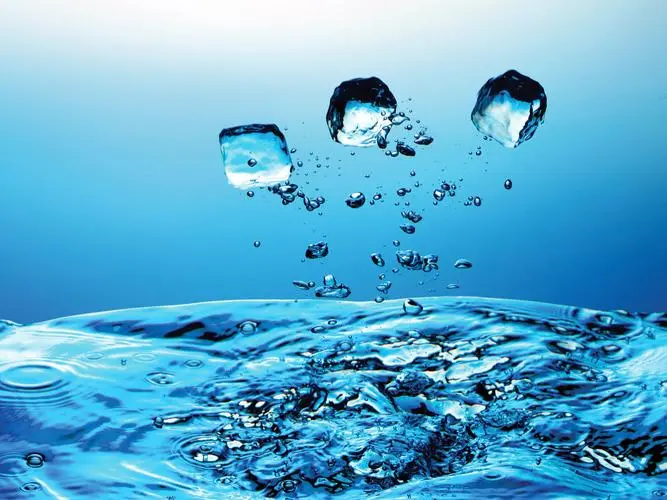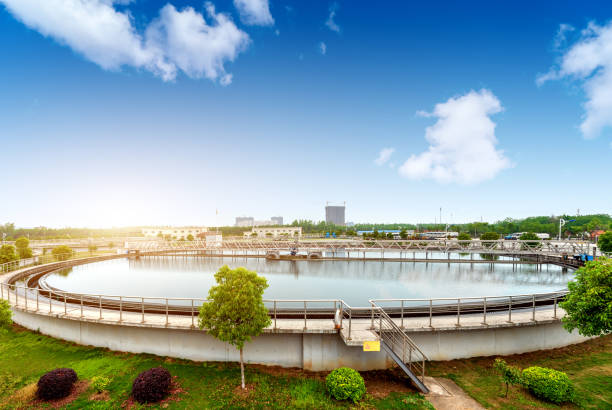
Contents
- 1 Polyaluminum Chloride (PAC): A Workhorse in Water Treatment
- 2 Production Process:
- 3 Classification of PAC:
- 4 Key Quality Factors:
- 5 Choosing the Right PAC:
- 6 Frequently Ask Questions about PAC
- 7 Conclusion
- 8 How WaterCareChem Can Help You With Your Water Treatment Chemical Needs?
- 9 Water Treatment Simplified: How WaterCareChem Can Be Your One-Stop Shop
Polyaluminum Chloride (PAC): A Workhorse in Water Treatment

Polyaluminum chloride (PAC), a highly effective coagulant, plays a crucial role in various water treatment processes. Let’s delve deeper into its production process, classification, and key quality factors.
Production Process:
PAC isn’t a single, uniform compound. It’s a family of inorganic polymeric chemicals containing aluminum, chloride, and hydroxide ions. The specific production method can influence the final product’s properties. Here’s a simplified overview of a common PAC production process:
- Reaction: Aluminum sulfate and industrial waste hydrochloric acid are combined in a tank under controlled conditions. Heat and agitation are applied to facilitate the reaction.
- Calcium Aluminate Addition: After the initial reaction, calcium aluminate powder is introduced, and the mixture undergoes further stirring until completion. This results in a concentrated solution called “PAC mother liquor.”
- Separation and Drying: The PAC mother liquor undergoes a settling process. Depending on the desired PAC concentration, it might bypass filtration or utilize a plate-and-frame filter press for further purification. Finally, rotary drum drying transforms the solution into PAC granules or powder.
Classification of PAC:
PAC can be categorized based on several key characteristics:
-
Production Process:
- Granular PAC: Produced through rotary drum drying, resulting in a coarse, yellow-brown product.
- Powdered PAC: Achieved via spray drying, offering a finer, more dust-like consistency.
-
Plate-and-Frame Filtration:
- Unfiltered PAC: Exhibits a yellow-brown color due to the presence of trace impurities.
- Filtered PAC: Undergoes additional purification using a filter press, resulting in a lighter yellow color.
-
Iron Content:
- Iron-added PAC: Introduces iron elements, giving the PAC a red-brown color. This type might be beneficial for specific applications requiring phosphate removal.
- Iron-free PAC: The standard yellow-brown PAC without added iron.
Key Quality Factors:
While appearance can offer some initial insights, several factors determine the quality of PAC for water treatment:
- Aluminum Oxide (Al2O3) Content: A higher Al2O3 content signifies greater PAC effectiveness in coagulation.
- Insoluble Matter: Lower levels of water-insoluble materials translate to a purer and more efficient PAC.
- Heavy Metal Content: Minimal amounts of heavy metals ensure the safety and quality of treated water.
Choosing the Right PAC:
The optimal PAC concentration and type depend on the specific treatment application. Here are some considerations:
- Type of Water: The source water’s characteristics (e.g., turbidity, organic matter content) influence PAC selection.
- Treatment Objectives: Whether the focus is on turbidity removal, color reduction, or specific contaminant elimination will guide PAC choice.
- Cost-Effectiveness: Balancing PAC performance with cost is crucial. Sometimes, a lower concentration PAC might be sufficient for the desired outcome.
By understanding PAC’s production process, classification, and quality factors, water treatment professionals can make informed decisions when selecting this crucial coagulant for their specific needs.
Frequently Ask Questions about PAC
1. What is the role of PAC in water treatment?
– PAC acts as a coagulant and flocculant, aiding in the aggregation of suspended particles and impurities for efficient removal during water treatment processes.
2. How is PAC classified based on production process?
– PAC can be classified into granular form obtained through rotary drum drying and powder form obtained through spray drying.
3. Does the color of PAC indicate its properties?
– Yes, the color of PAC can indicate whether it has undergone plate-and-frame filtration and whether iron elements have been added during the production process.
4. How can I determine the optimal PAC concentration for my water treatments process?
– Conducting water quality analysis, performing coagulation and flocculation tests, considering treatment objectives, cost implications, and complying with regulatory guidelines are key steps to determine the optimal PAC concentration.
5. Why is it important to regularly monitor and adjust the PAC concentration?
– Water sources and treatment requirements may vary over time. Regular monitoring ensures that the PAC concentration remains optimal for effective and efficient water treatment.
Conclusion
polyaluminum chloride (PAC) serves as a versatile and powerful tool in water treatment. While PAC production methods can vary, understanding the core process and classification system equips users to select the optimal PAC type for their specific application. By prioritizing factors like aluminum oxide content, minimal impurities, and tailored concentration based on treatment requirements, PAC can effectively achieve clean and safe water. As water treatment technology continues to evolve, PAC’s ability to adapt and deliver efficient coagulation will likely remain a cornerstone of water purification processes for years to come.
How WaterCareChem Can Help You With Your Water Treatment Chemical Needs?
Water Treatment Simplified: How WaterCareChem Can Be Your One-Stop Shop
Water treatment shouldn’t be a headache. At WaterCareChem, we’re your trusted partner for all your water treatment chemical needs. We offer a comprehensive range of high-quality chemicals, from essential products to advanced solutions for specific applications.
Our team of water treatment specialists has the knowledge and experience to help you choose the right chemicals for your unique needs. We can answer your questions, provide technical support, and ensure you get the best possible results.
Don’t just settle for any water treatment chemical supplier. WaterCareChem is committed to providing exceptional customer service, competitive pricing, and reliable delivery so you can focus on what matters most – achieving optimal water quality.
- Extensive product range: Cater to a wide range of water treatment needs.
- Expert knowledge: Provide technical support and guidance.
- High-quality products: Ensure optimal water treatment results.
- Competitive pricing: Offer cost-effective solutions.
- Reliable delivery: Guarantee timely arrival of chemicals.
- Exceptional customer service: Prioritize customer satisfaction.
Contact WaterCareChem today to Request a Quote, and see how we can be a valuable partner for your water treatment chemical needs.
Polyaluminum Chloride PAC: An Overview of Uses and Process
10 Common Chemicals for Optimal Water Treatment
What Are Water Treatment Chemicals and Which Ones Are Commonly Used?
